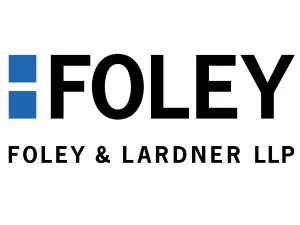- within Intellectual Property topic(s)
- with readers working within the Property industries
- within Government, Public Sector, Criminal Law and Insurance topic(s)
This Science article highlights the growing potential of tinyML, a form of machine learning (ML) that operates on ultra-low-power, inexpensive microcontrollers. Unlike traditional AI, which relies on massive datasets, power-hungry servers, and high computational costs, tinyML brings intelligence directly to small, embedded devices. These ML-driven devices can revolutionize medical diagnostics, climate governance, precision agriculture, and smart cities by enabling real-time intelligence in a cost-effective and sustainable way.
The innovation of tinyML is driven by a combination of patent-protected technology and open-source development, which requires careful consideration of patent strategies. While cloud-based AI models remain under the developer's control, tinyML models are deployed directly on devices such as sensors, wearables, or drones. Once a model is embedded in hardware, it can be analyzed, reverse-engineered, and replicated. Open-source frameworks further accelerate the innovation and accessibility of tinyML models but will also make it challenging for companies to protect and commercialize the innovation. tinyML patent filings show stakeholders seek protection around technologies crucial for deploying and operating tinyML models, such as Internet of Things (IoT) applications, data processing, and innovative sensing technologies. Companies investing in tinyML development should carefully consider patent prosecution strategies and collaboration approaches to balance economic interests, innovation from collaboration, and accessibility.
AI doesn't have to be big to be disruptive. tinyML is proving that small, efficient AI models can drive significant innovation and real-world impact. However, achieving this innovation requires a strategic balance of patenting and open-source collaboration.
In contrast to the large language models (LLMs) that have dominated the news with their versatility and uncanny knack for humanlike expression, tinyML devices currently have modest, specialized capabilities. Yet they can be transformative. Murugan's tinyML-equipped drones, for example, have been able to identify cashew leaves with the fungal disease Anthracnose with 95% to 99% accuracy.
View referenced articleThe content of this article is intended to provide a general guide to the subject matter. Specialist advice should be sought about your specific circumstances.


